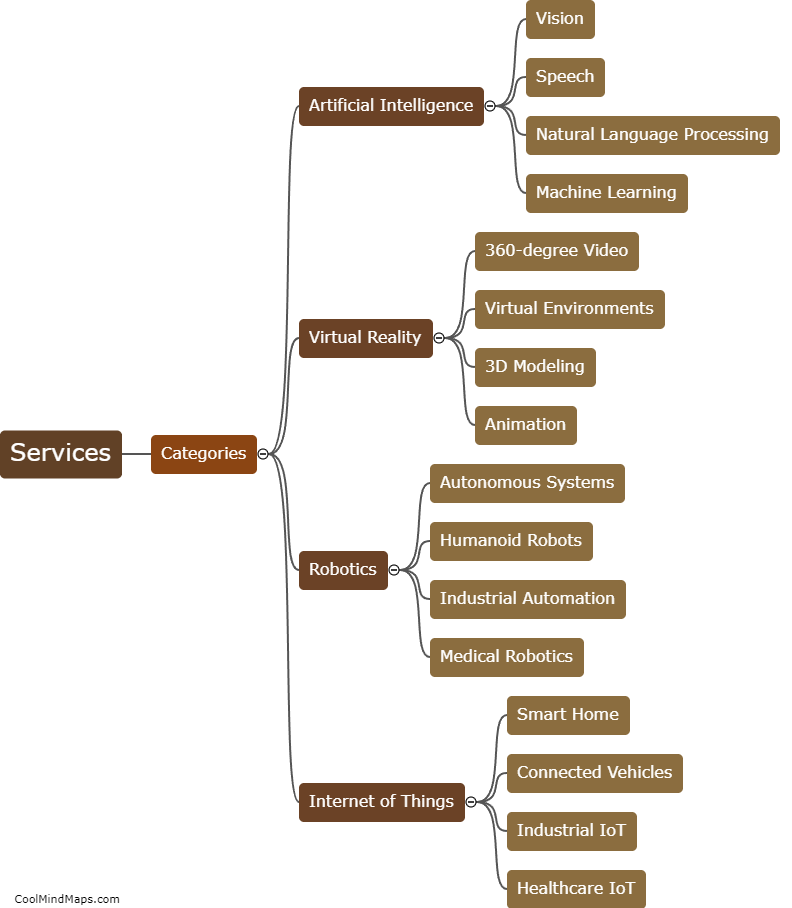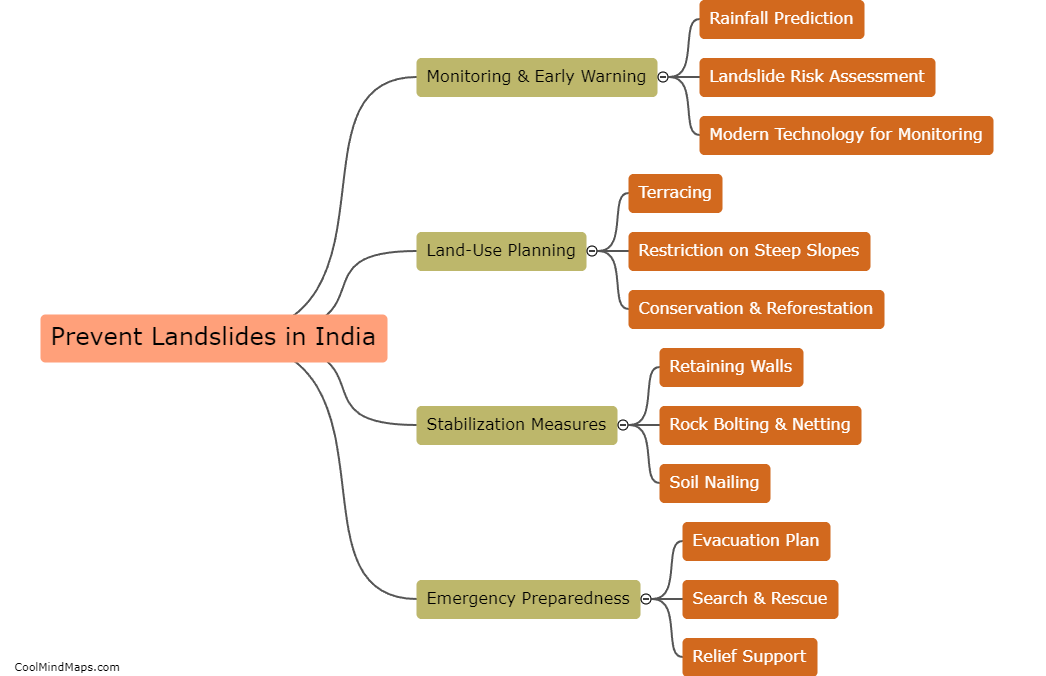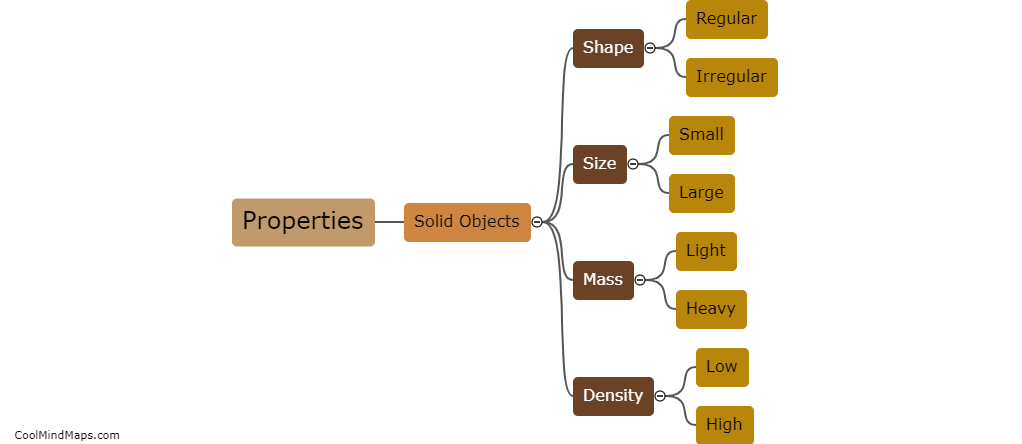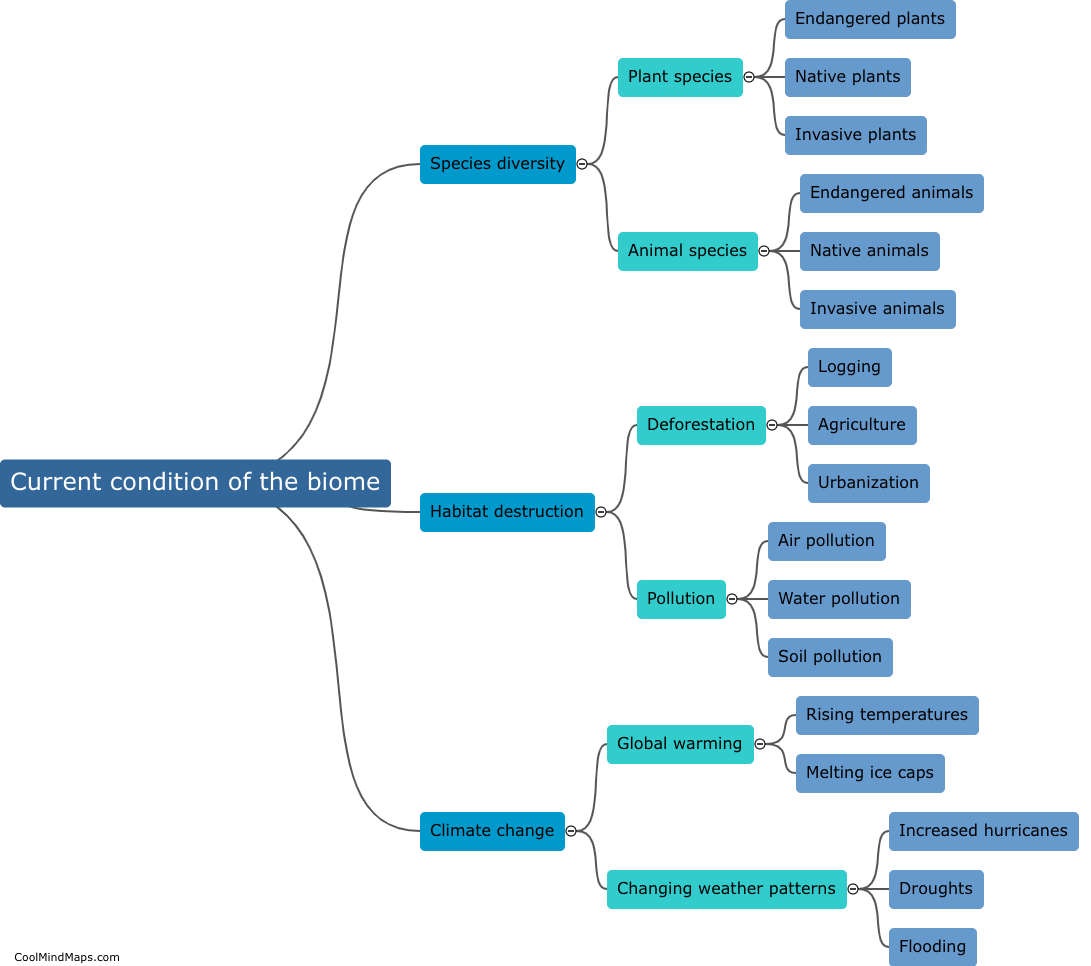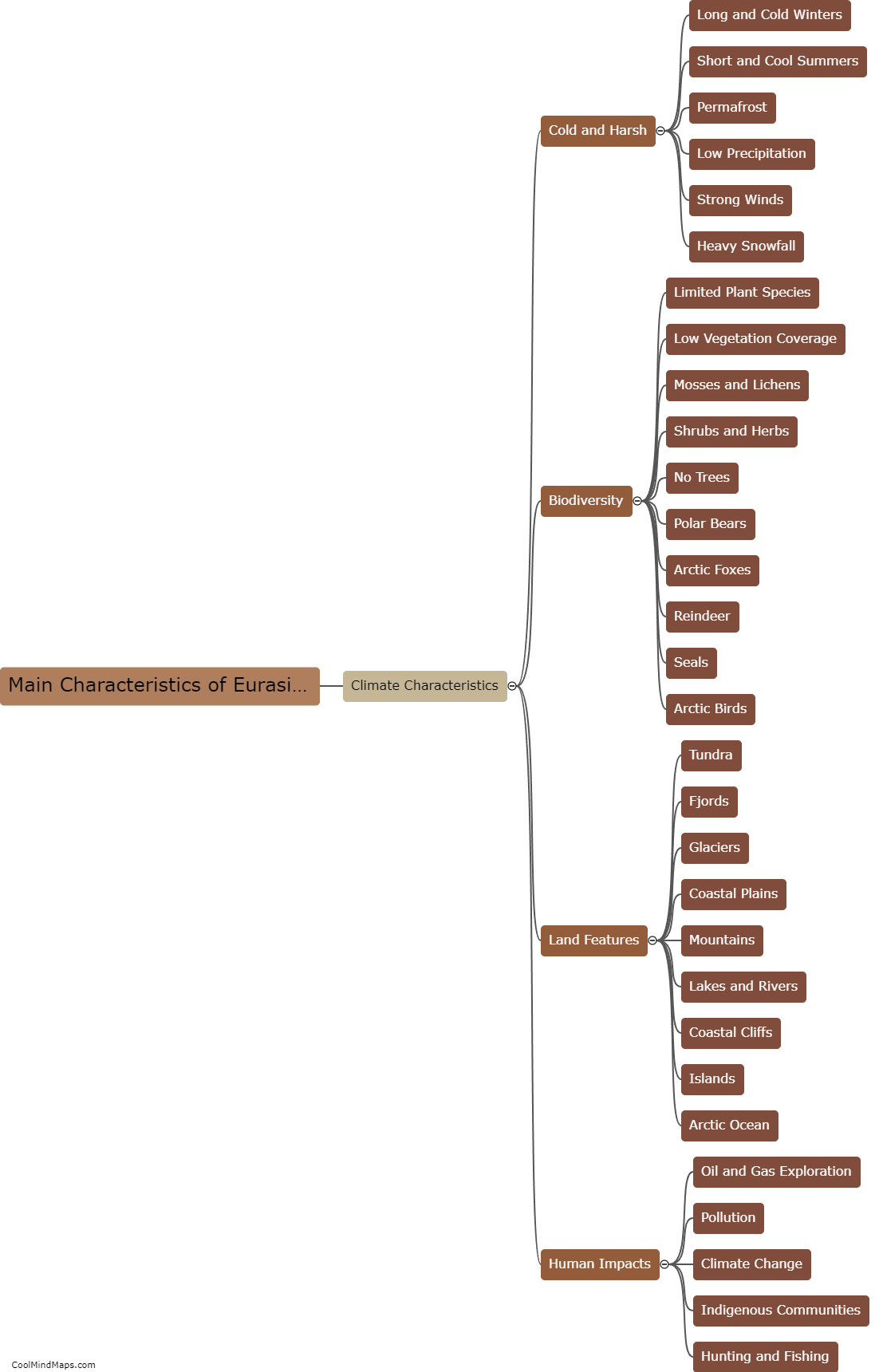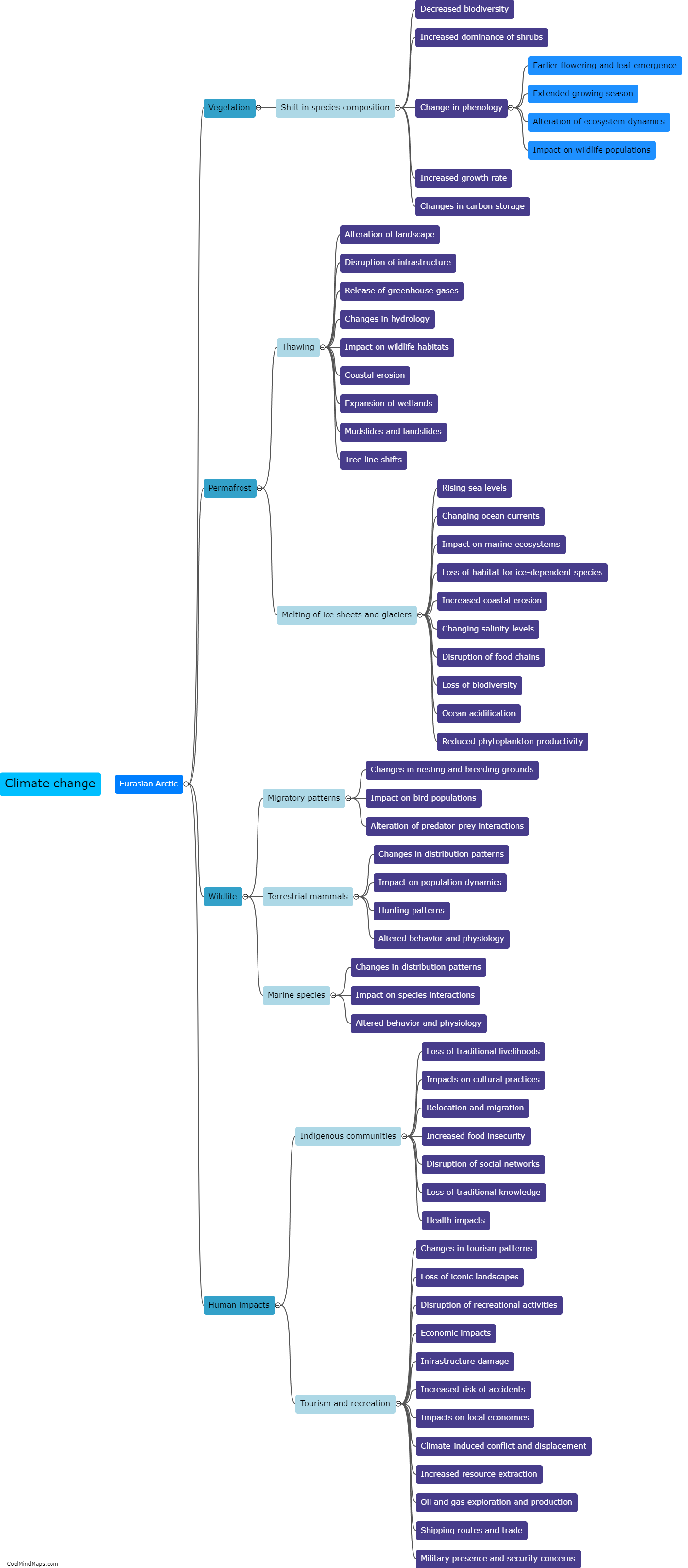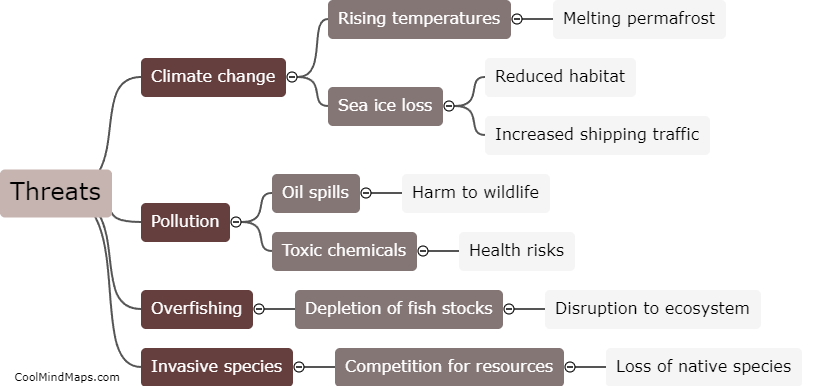How are indigenous communities affected by changes in the Eurasian Arctic biome?
Indigenous communities in the Eurasian Arctic are significantly affected by changes in the Arctic biome. The melting of sea ice, shrinking permafrost, and intensifying weather patterns impact these communities' traditional ways of life and cultural practices that have been deeply rooted in the region for centuries. The diminishing ice cover affects hunting and fishing patterns, making it harder for Indigenous people to sustain their livelihoods and preserve their food security. Furthermore, changing weather conditions can lead to increased hazards, such as storms and thawing ice, which can pose risks to their safety and infrastructure. Additionally, eroding coastlines and increasing temperatures also threaten indigenous cultural heritage sites and burial grounds, further eroding their connection to the land and their ancestral traditions. Overall, these environmental changes pose significant challenges to the resilience and survival of indigenous communities in the Eurasian Arctic.

This mind map was published on 18 October 2023 and has been viewed 91 times.
